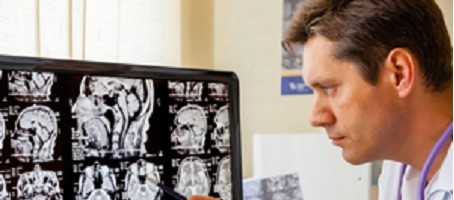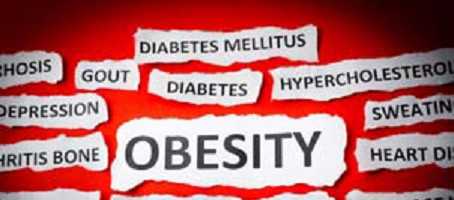Stroke recovery may be improved by focusing on the uninjured side of the patient’s brain, according to new research.
The study, conducted at the Medical College of Georgia at Georgia Regents University, suggests that when someone has a stroke, the part of the brain that isn’t directly damaged loses its ability to support the side that has.
Focusing on improving the unaffected side of the brain, therefore, should improve the support it can provide to the affected side, thus increasing recovery rates.
Stroke and diabetes
People with diabetes are at a particularly high risk of stroke, as well as heart disease and heart attack. Over time, exposure to high blood glucose levels (hyperglycemia) can impair blood flow and cause atherosclerosis (narrowing of the arteries).
Some reports indicate that two out of three people with diabetes die from stroke or heart disease, making it one of the most significant health complications that can occur as a result of diabetes.
Why does treating the uninjured part of the brain accelerate stroke recovery?
When someone has a stroke, the uninjured part of the brain should be able to provide several kinds of support. Endothelial cells, which can be found on both sides of the brain, secrete growth factors, which support neurons. Damaged neurons can recover, and new blood vessels can grow in the area where the stroke occurred.
Even if the beneficial new blood vessels do not work properly, the process also attracts endogenous stem cells, which can suppress the damage caused by stroke.
What do the researchers say?
Dr. Adviye Ergul, vascular physiologist at the Medical College of Georgia (MCG) at Georgia Regents University, said:
“Most studies focus on the stroke area and the ways to limit damage in that area. We know that any improvement is due to manipulation to the other side and, when we do that, the stroke injury is limited, and the outcome is better.”
Susan C. Faga, stroke pharmacist at MCG and the University of Georgia, said:
“We know that blood vessels react a lot to the injury in distant parts of the brain. Within a few days of a stroke, the non-damaged side becomes more active and starts taking up, we think, some of the functions of the damaged side. If you do functional MRIs in humans, you can see other hemispheres starting to light up more in the recovery phase within a few days of stroke.”
Regarding diabetes and stroke, Ergul explained:
“Blood vessels contract to regulate the flow [of blood]. What we are seeing in diabetes and hypertension is, for a while, they try to compensate, but they lose the ability to sense the pressure and regulate blood flow.”
What's new on the forum? ⭐️
Get our free newsletters
Stay up to date with the latest news, research and breakthroughs.



